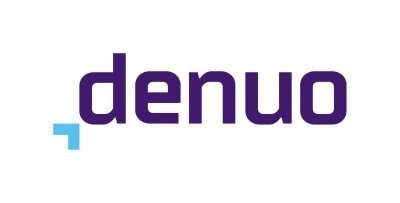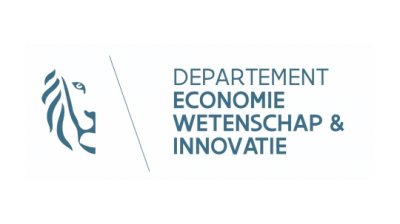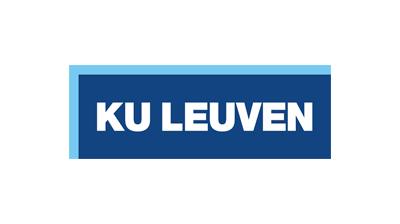On this page, we offer tools and some examples for the circular procurement of cleaning products and materials.
Circular strategies cleaning products and materials
.png)
- Reuse: Consider reusing both cleaning products and materials. If you already want to reduce materials, avoiding bags in waste buckets can be a potential gain. Consider packaging options according to the size of the product. The Flemish government's generic packaging criterion can provide inspiration here.
- Minimal use of materials in design: This can be achieved by careful construction and reducing the number of components. Also consider efficient use of cleaning agents and reduce consumption where possible. For example, consider concentrated formulations to optimise dosage. It is also important to optimise cleaning times only when necessary, e.g. by assessing image quality, regular consultations and adjusting cleaning frequency.
.png)
- Increase the share of recycled content: Engage the market in a dialogue to ensure that you include realistic and achievable requirements in your specifications. Focusing your requirements can also stimulate innovation.
- Minimise logistics impact: Consider including criteria for transport in your specifications, such as using environmentally friendly vehicles, optimising routes and limiting the number of deliveries. Set fleet requirements for deliveries, e.g. based on ecoscore. Furthermore, you can bet on reversed logistics, where products at the end of their life cycle are taken back after delivery. Striving to avoid the use of fossil fuels during logistics processes is essential here.
.png)
- Repairability and maintainability: When selecting cleaning materials, consider repairability and maintainability. Ask yourself whether the parts that wear most quickly can be easily replaced and whether spare parts are available. Ensure that suppliers can provide sufficient spare parts, and that these parts remain available for the lifetime of the cleaning equipment.
.png)
- Standardised design: Using standardised packaging can have positive effects on logistics and potential reuse. Ensure that the dimensions of packaging are matched to the size of the goods to promote efficiency and space saving. By designing packaging more efficiently and using materials that take up less space, the volume of packaging can be reduced. This allows more cleaning materials to be carried in one transport shipment, optimising vehicle loading and eliminating unnecessary air. In addition, sustainable and recyclable packaging materials can be chosen, which may be lighter and more compact than traditional packaging materials.
- Contractual agreements for take-back and reuse: Include in your specifications that the supplier is responsible for taking back the packaging(s) upon delivery, and that these packages are put to reuse. This means reusing the packaging in its entirety as packaging material.
- Reversed logistics: If you have a contract with your supplier to take back end-of-life products, encourage that these products are included in the empty, reusable packaging after a delivery. This promotes the efficiency of the return process and increases the chances of reusing the packaging.
.png)
- Understanding materials: packaging is best made up of a single type of material or mono-material components that can be easily separated (without glue, staples, etc.). Keep in mind that materials such as e.g. coated paper and tetrabrik packaging are not considered a single material. In addition, it is strongly recommended to clearly indicate the composition on the packaging.
Criteria for procurement
- The EU GPP criteria for cleaning products and services can provide inspiration.
- The Flemish government has two fiches on sustainable procurement of cleaning products and services:
- The Cleaning products product fact sheet gives you more information, recommendations and example criteria on how to make your public contract for cleaning products sustainable in a legally correct way.
- The cleaning services product sheet
- Nuance: The sheets focus on conventional cleaning products, while probiotic cleaning based on micro-organisms is on the rise. Current ecolabels focus on traditional products such as all-purpose cleaners and detergents. These sheets are not suitable for buying microorganism-based cleaning products. For cleaning services, social criteria remain important, among other aspects.
Labels
- There are also many labels for cleaning products and materials: EU Ecolabel, Blauer Engel, Nordic Swan and C2C Gold.


















